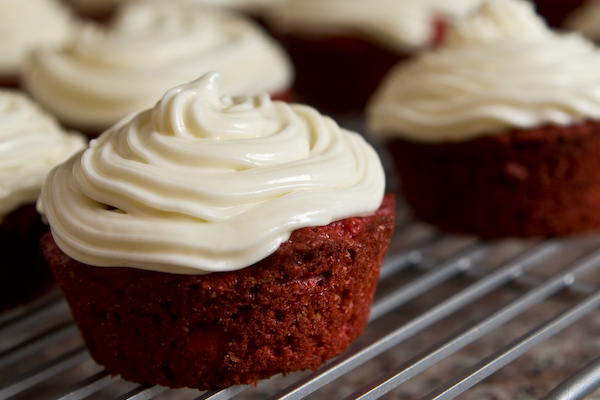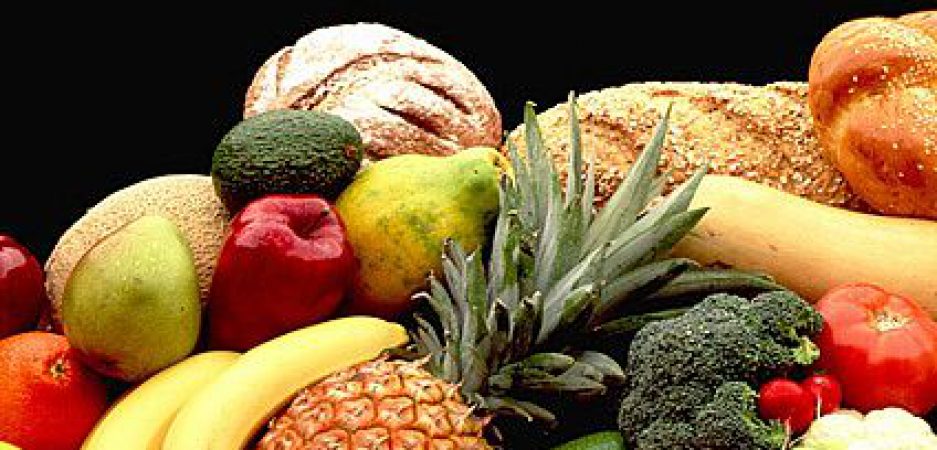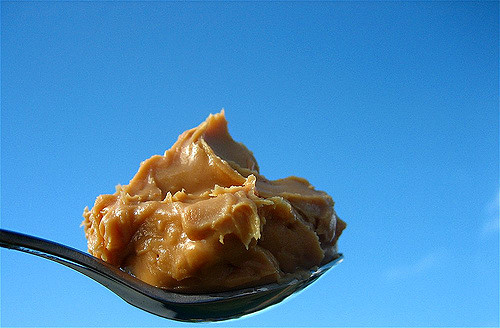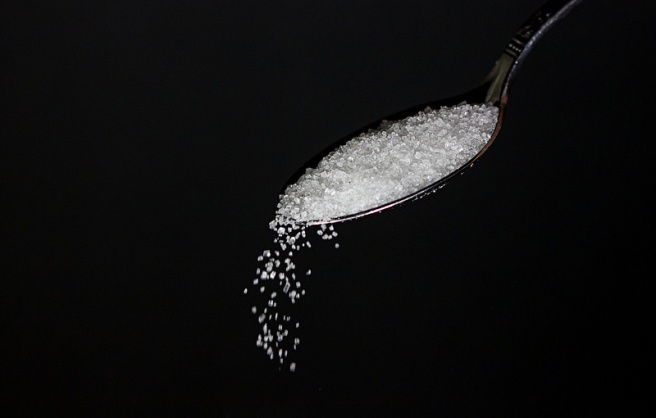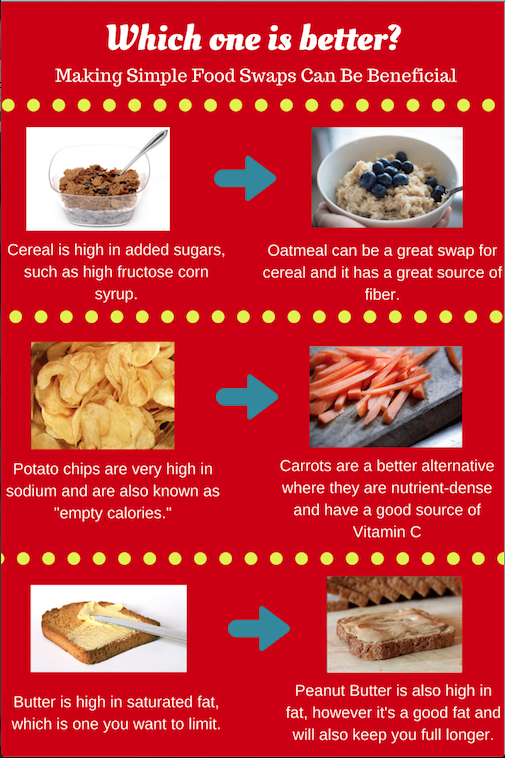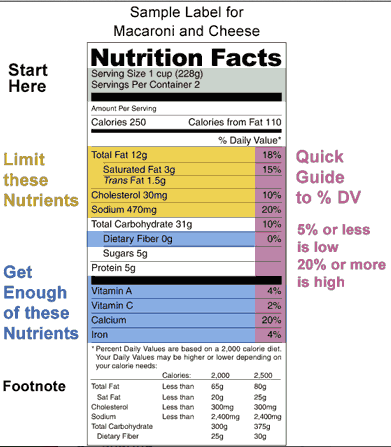Credit to: Migle from Flickr.com for “Peanut Butter and Banana Granola Bars” Photo. License Link: https://creativecommons.org/licenses/by-sa/2.0/
Transcript of Podcast
“Hey everyone! I’m Megan Antoniazzi, the blogger for Quality Not Quantity. Today I’m going to talk to you all about snacks on-the-go for college students. When you’re in college, it seems that you’re always “on the go” with your crazy schedules and many times you need to grab a quick snack to satisfy your hunger. Nutritional bars, which are also known as energy bars, happen to be one of the most common snacks picked because even though it’s quick and prepackaged, it can be good for you.
However, how do you know which ones are good and which ones are not?
One of the things that I myself do when trying to choose a good nutritious bar, I look at the nutrition facts label. Now I know sometimes you may just pick up a snack and go, but take a few minutes to look at the label and you might be surprised with what you find. This is a useful way to determine whether an energy bar is good or bad by looking at nutrients, such as fats, sugar, protein, and also the ingredients section.
For instance, if you look at the sugar, which shows the amount for added sugars in a product, it’s great if it is 5g or lower. But if it’s more than 10g then it may not be the best option. According to the World Health Organization, you’re recommended to have 25g or less of added sugar daily!
Now when it comes to fats, DO NOT BE AFRAID OF THEM! Fats are necessary to have in our diet and can help us feel satisfied longer; it’s just the matter of which ones are good and which ones are bad. You want to try to limit saturated fats as much as possible because they are known as the “bad fat.” According to the American Heart Association, people who consume a 2000-calorie diet should be limited to 13g of saturated fat max/day. This amount is even lower for those who don’t consume this much daily. The good fats are monounsaturated and polyunsaturated, which you want more of.
You also want to get some protein from an energy bar, but at the same time it depends on the source of the protein. What I mean by that is to look at the ingredients section and if you, for instance, see that it mostly comes from soy, then it may not be the best option. However, if it’s something like grass-fed whey, then that’s great!
The ingredients section is very important because at times it can either make or break the quality of a product. Something that you may not know is that the first 3 ingredients listed in that section are what mostly make up a product. Also when it comes to the ingredient section, the saying “less is more” definitely comes into play. Especially if there are ingredients that you can’t even pronounce, then you might want to look for a different option.
In relation to this topic I actually found an article a while back on Pinterest comparing 10 different nutritional bars to each other; 5 being good and 5 being bad. I’m only going to name 1 of each, but to learn about the rest of the bars from this article, you can click on the link in the transcript of this podcast posted below: https://www.skinnymom.com/the-nutrition-bars-causing-you-to-gain-weight/. Since I’m conveniently in my kitchen I actually have 2 of the bars right here to look at the label and compare it to what it says in the article. The first one is the KIND bar, which is known as a better choice. It only has 5g of sugar and for the most part is made of natural ingredients. It also only has 3g from saturated fats and mostly contains the good fats. The other bar I have here, a Clif bar, is one of the bad ones listed on the article. Immediately I can see why this is on the bad side because it loaded with sugar! You can even see it in the ingredients section where the first few ingredients are organic brown rice syrup, soy protein isolate, and organic cane syrup. The syrups being within the first three ingredients indicates that this product is mostly made up of added sugars.
The last tip I have for this topic is if you have time during the weekend or sometime during the week, you can always make your own homemade energy bars! Depending on what recipe you use, you can either freeze them or bake. A recipe I use, which once again I found on Pinterest (swear I have a Pinterest problem) is very easy and quick to make. The link for the recipe itself you can find in the transcript posted below: http://www.thekitchn.com/how-to-make-easy-3-ingredient-energy-bars-at-home-cooking-lessons-from-the-kitchn-184306#. This recipe actually reminds me of a Larabar because it has very simple ingredients and you only need 3 ingredients to make it. They can last a long time and you also get a good amount of them where 1 batch can be 1-2 weeks worth of nutritional bars.
So the main points that I hope you all take away from this is (1) picking a prepackaged snack for on the go is not a bad thing; life gets busy and chaotic at times, (2) use the nutrition facts label as a tool to know which prepackaged snacks are better than others, and (3) if possible, try making your own homemade version.
After listening to this podcast on snacks on the go for college students, I hope you learned something new and it was helpful. I’m Megan Antoniazzi, the blogger for Quality Not Quantity, and thank you for listening!”
